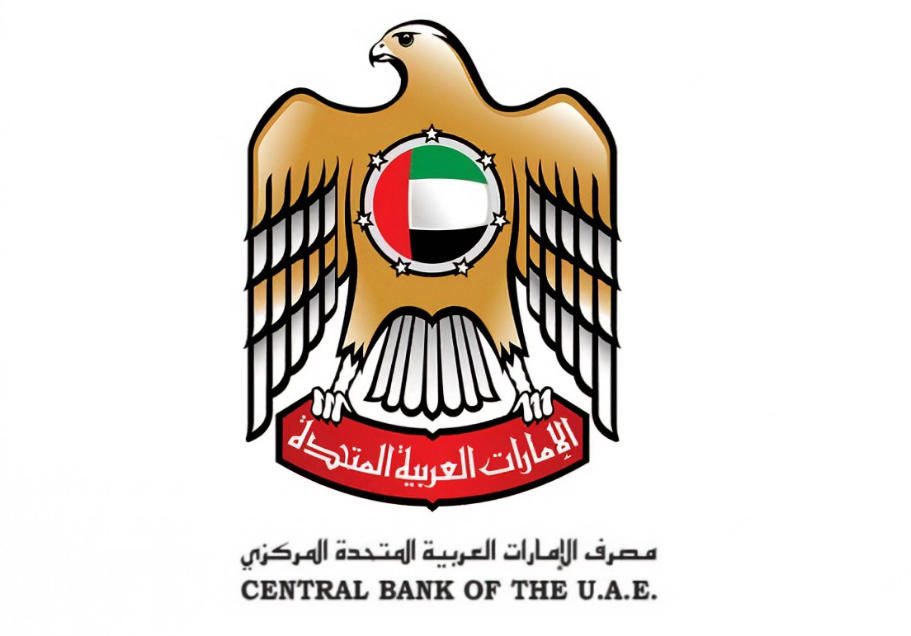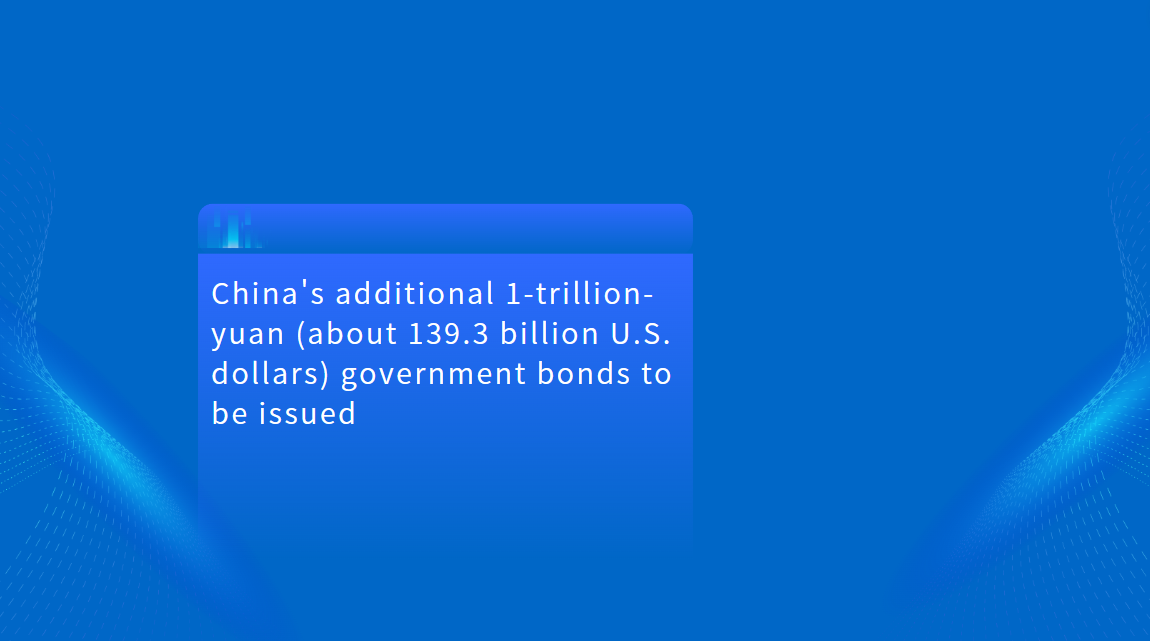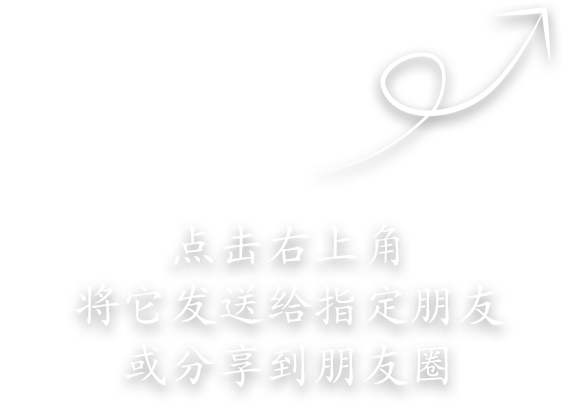Bond by Bond: What April's Data Tells Us About China's Market Pulse
While headlines often focus on macro policy shifts, April's financial market data from China offers a more granular—and arguably more revealing—view into the country's evolving capital landscape. For international investors, the signals are mixed: subdued interbank activity, record bond issuance, and nuanced structural dynamics among institutional holders.
Bond Issuance Hits RMB7.8 Trillion, Signaling Fiscal Support
China's bond market saw robust issuance activity in April, totaling RMB7.8 trillion. Treasury bonds (RMB1.47 trillion), local government bonds (RMB693 billion), and corporate credit bonds (RMB1.59 trillion) led the charge. The strong showing points to continued fiscal and quasi-fiscal support amid slower domestic growth and a complex global macro environment.
Outstanding bonds in custody reached RMB184.9 trillion, with the interbank market accounting for a dominant RMB163.3 trillion. This underscores the interbank system's role as the beating heart of China's debt markets—though one not yet fully accessible to foreign investors.
Foreign Holdings Inch Up—But Still a Modest Slice
As of end-April, overseas institutions held RMB4.5 trillion worth of bonds in custody—about 2.4% of the total. Notably, nearly half of their holdings were in treasury bonds (RMB2.1 trillion), with the rest primarily in interbank CDs and policy bank bonds.
Despite China's incremental bond market liberalization, foreign participation remains modest. The data reaffirms a key challenge: while market depth is impressive, full accessibility and hedging infrastructure still lag behind investor expectations.
Liquidity Dips in Interbank Market, Signaling Seasonal Softness
April saw a total turnover of RMB33.3 trillion in the interbank cash bond market, down 7.5% year-on-year and 12.7% month-on-month. Average daily trading volumes fell to RMB1.5 trillion. The decline likely reflects seasonal effects post-Q1 as well as tepid risk appetite.
Meanwhile, repo markets showed a split trend: interbank repos fell slightly year-on-year, but exchange-traded bond repos surged 35%—indicating a shift in where market participants are sourcing short-term liquidity.
Credit Bond Market: Highly Concentrated, Tightly Held
The top 50 institutional investors—mostly large banks, public funds, and insurers—held nearly half (48%) of all corporate credit bonds. The top 200 investors accounted for over 79%. For active managers and analysts, this concentrated ownership structure suggests that price discovery in China’s credit market remains tightly controlled.
Even trading volumes are dominated by a small cohort: the top 50 institutions conducted 60% of all credit bond trades in April, pointing to a still-narrow secondary market with limited float and transparency.
Equities Falter, MSMEs Lean on Bills
On the equity side, April was lackluster. The SSE Composite fell 1.7%, while the SZSE Component dropped 5.8%, dragging down average daily turnover on both exchanges. In contrast, bill financing for MSMEs remained resilient—over 93% of bills were issued by smaller enterprises, showing continued reliance on this traditional financing channel.
Why It Matters for Global Investors
China's April bond data paints a picture of a maturing, but still internally driven, capital market. For foreign institutions, the opportunities are evident—especially in treasuries and policy bank debt—but structural frictions persist. Concentrated credit markets, shallow secondary liquidity, and limited repo access remain hurdles.
However, for investors with longer time horizons and local partnerships, the growing size and relative stability of China's fixed income market offer compelling diversification potential—particularly in a world starved for yield and policy certainty.





















































First, please LoginComment After ~